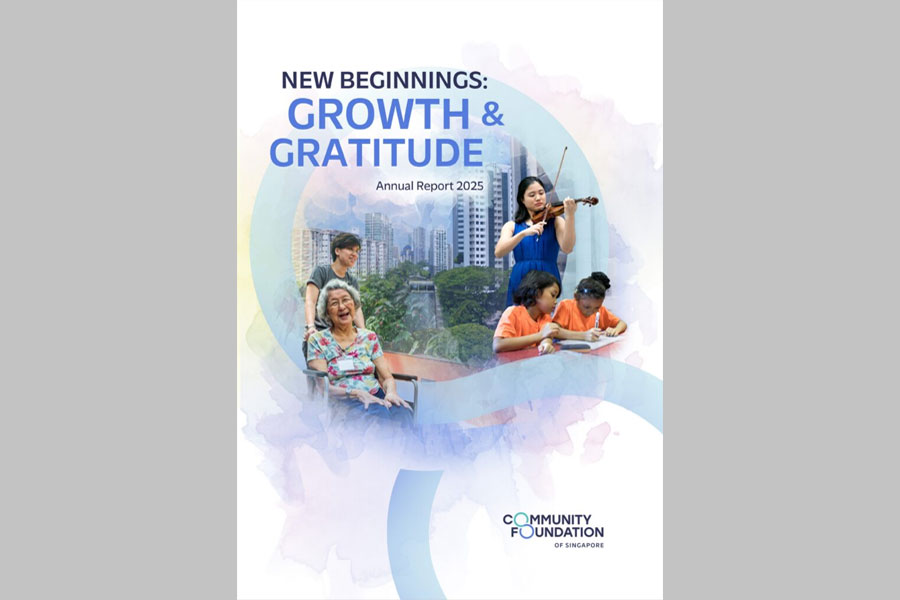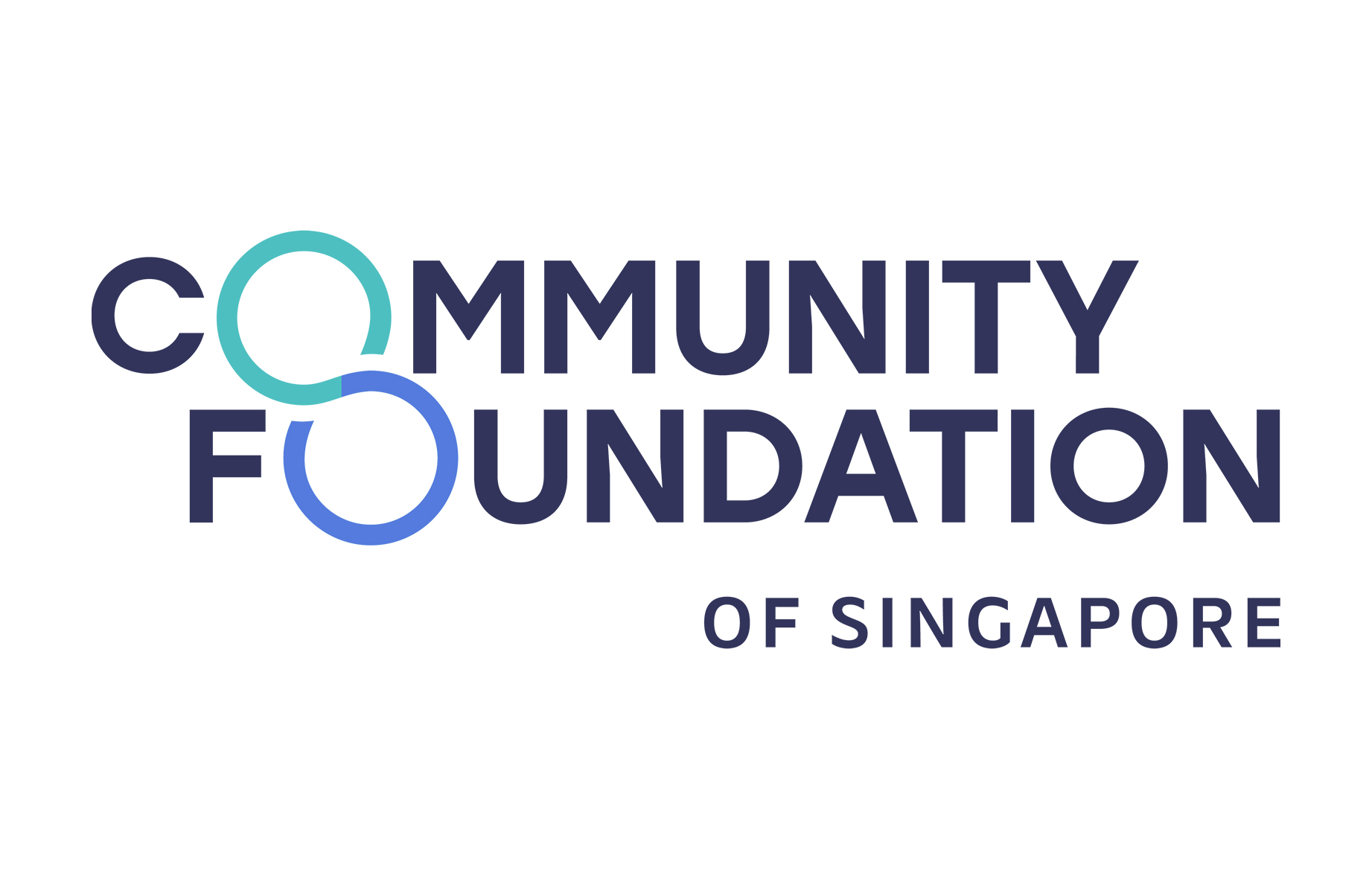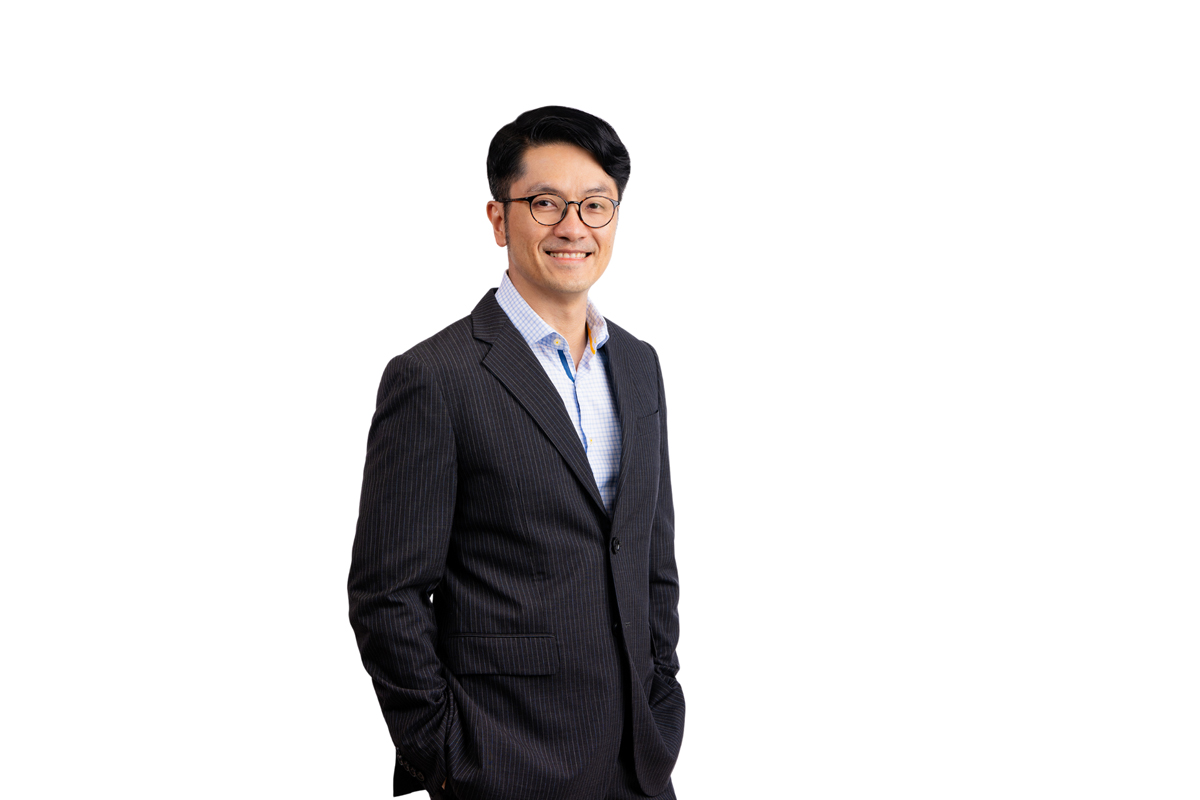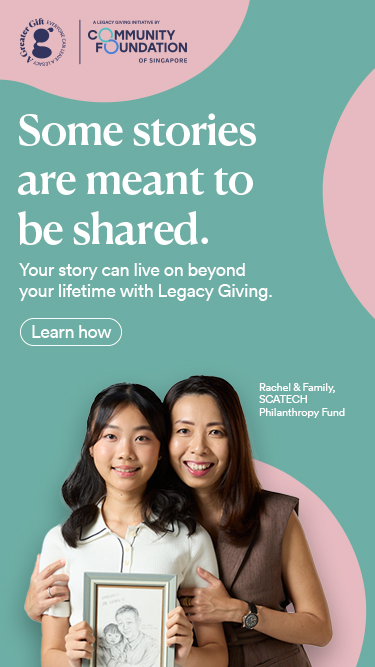Our Annual Report 2021 is now available for download

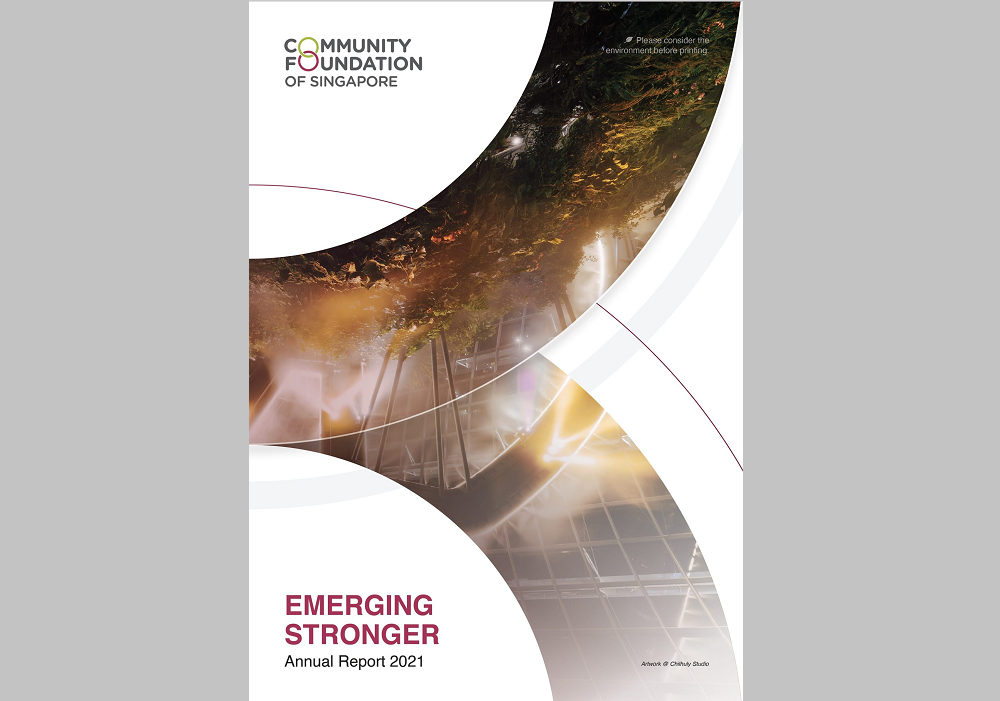
We are pleased to share that the Community Foundation of Singapore (CFS) Annual Report 2021 has been published. Download your copy here to learn more about the year’s highlights and our impact on the community.
Even as the pandemic gripped our nation, we are humbled to report that – together with our donors, charities, and partners – CFS delivered a year of bold action and made tremendous progress on our mission to facilitate impactful giving.
CFS delivered a record of $24 million in grants – the highest since our inception – disbursed to 291 organisations and 13 individuals, and a total of $5.7 million via the establishment of 19 new funds for the financial year ended 31 March 2021.
The Annual Report contains the following information:
- Corporate Information
- Key Highlights
- Forward Vision
- Governance and Policies
- Financial Statements
- Grantees List
Regarding the year under review, the report reflects the information contained in CFS’ annual results, as well as the audited consolidated financial statements.
CFS stands ready to work alongside all of you to champion greater giving and create a better world for future generations. To find out more about CFS, get in touch with us.
About CFS
The Community Foundation of Singapore is a non-profit organisation founded in 2008 to encourage and enable philanthropy in Singapore. We match donors’ interests with causes and offer ways for them to make a greater impact through their charitable funds. We also collaborate with charity partners to identify and develop programmes that support diverse communities.
We are pleased to share that the Community Foundation of Singapore (CFS) Annual Report 2021 has been published. Download your copy here to learn more about the year’s highlights and our impact on the community.
Even as the pandemic gripped our nation, we are humbled to report that – together with our donors, charities, and partners – CFS delivered a year of bold action and made tremendous progress on our mission to facilitate impactful giving.
CFS delivered a record of $24 million in grants – the highest since our inception – disbursed to 291 organisations and 13 individuals, and a total of $5.7 million via the establishment of 19 new funds for the financial year ended 31 March 2021.
The Annual Report contains the following information:
- Corporate Information
- Key Highlights
- Forward Vision
- Governance and Policies
- Financial Statements
- Grantees List
Regarding the year under review, the report reflects the information contained in CFS’ annual results, as well as the audited consolidated financial statements.
CFS stands ready to work alongside all of you to champion greater giving and create a better world for future generations. To find out more about CFS, get in touch with us.
About CFS
The Community Foundation of Singapore is a non-profit organisation founded in 2008 to encourage and enable philanthropy in Singapore. We match donors’ interests with causes and offer ways for them to make a greater impact through their charitable funds. We also collaborate with charity partners to identify and develop programmes that support diverse communities.
- Related Topics For You: ANNUAL REPORT, DONOR STORIES, OPINION
